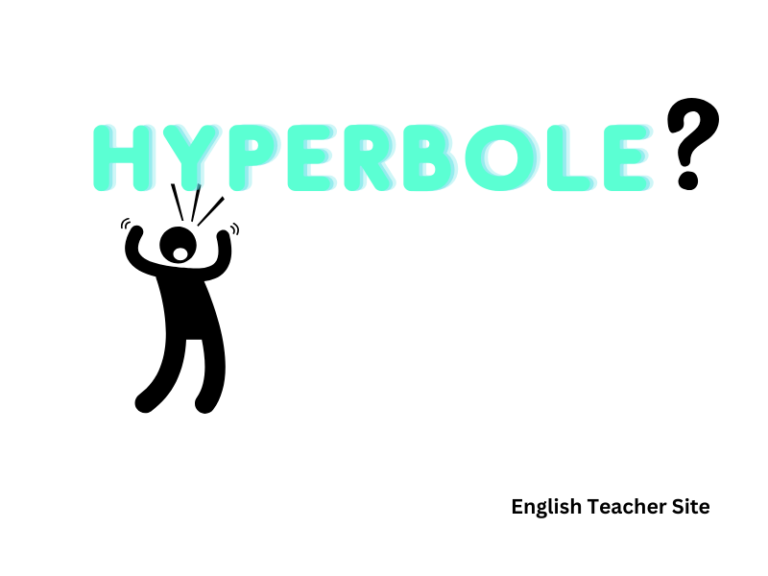Understanding the Present Perfect Tense: Usage and Examples

- The present perfect tense relates past actions to the present.
- It is formed using “has” or “have” with the past participle of a verb.
- This tense is pivotal for discussing experiences, changes, and ongoing relevance.
The present perfect tense is a cornerstone of English grammar, facilitating a connection between past actions and their relevance or results in the present. Unlike the simple past tense, which simply indicates that an event occurred, the present perfect tense often suggests that an event has implications for the current moment or has occurred at an unspecified time before now. It combines the present tense of the verb “to have” with the past participle of the main verb, leading to constructions such as “has eaten,” “have gone,” or “has been.”
Crafting the Present Perfect Tense: A Simple Guide
The Present Perfect tense in English is a form that bridges past events or actions with the present.
The Structure of the Present Perfect:
| Subject | Auxiliary Verb | Past Participle |
|---|---|---|
| I | have | finished |
| You | have | seen |
| He, She, It | has | done |
| We | have | met |
| They | have | left |
Usage Rules:
- Completed actions: For actions that were finished at some unspecified time before now.
- Life experiences: To talk about life experiences without specifying when they happened.
- Changes over time: To describe changes that have occurred over a period leading up to the present.
- Recent events: With ‘just’, ‘yet’, ‘already’, to discuss recent happenings.
Forming the tense:
- Use the auxiliary verb “to have” in the present tense (have/has).
- Add the past participle of the main verb.
Regular Verbs:
| Base Verb | Past Participle |
|---|---|
| walk | walked |
| look | looked |
| want | wanted |
For irregular verbs, the past participle varies and must be memorized:
- Write — written
- Go — gone
- See — seen
In sentences:
- Affirmative: They have visited the Eiffel Tower.
- Negative: She has not (hasn’t) finished her homework.
- Question: Have you ever eaten sushi?
Deciphering When to Use the Present Perfect Tense
Past Actions or Events Extending into the Present
The Present Perfect is used when discussing past actions or events that continue to have relevance or impact up to the present moment. It is not bound by a specific time frame but rather highlights the connection to the present.
- Examples:
- She has lived in that house since 1995.
- They have worked at the company for over a decade.
Actions Taking Place During an Ongoing Period
When referencing actions that occurred at an unspecified time during an ongoing period, the Present Perfect is the appropriate tense of choice.
- Examples:
- I have visited the museum several times this year.
- They have eaten at that new restaurant recently.
Repetition Between the Past and Present
For actions that have happened repeatedly between the past and the present, the Present Perfect tense serves to reflect the ongoing nature of these occurrences.
- Examples:
- He has run three marathons this year.
- She has taken the entrance exam twice.
Actions Completed Recently (Frequently with “Just” or “Now”)
The Present Perfect tense succinctly conveys the completion of actions that have taken place in the near past, often accompanied by adverbs such as “just” or “now” for emphasis.
- Examples:
- I have just finished reading the book.
- They have now confirmed their attendance.
Emphasizing Change Over Time in Actions
Use the Present Perfect to emphasize the progress or change that has occurred over time in regard to an action or situation.
- Key Phrases: has become, have grown, have evolved
- Emphasized Words: change, development, progress
| Action | Initial State | Present State |
|---|---|---|
| Academic Qualifications | Had only high school diploma | Has earned a master’s degree |
| Financial Markets | Were stable at the year’s beginning | Have fluctuated significantly |
Situations Where Timing is Irrelevant in Actions
For actions where the specific timing is irrelevant and the focus is purely on the action having occurred at some point, the Present Perfect is appropriately used.
- Examples:
- Have you ever been to Europe?
- They have seen that movie before.
My name is Khamis Maiouf. I am the creator of the English Teacher Site, dedicated to providing valuable resources and insights for students around the world. With a passion for education and a commitment to helping students enhance their skills, I aim to make English teaching more effective and enjoyable for both educators and students.






